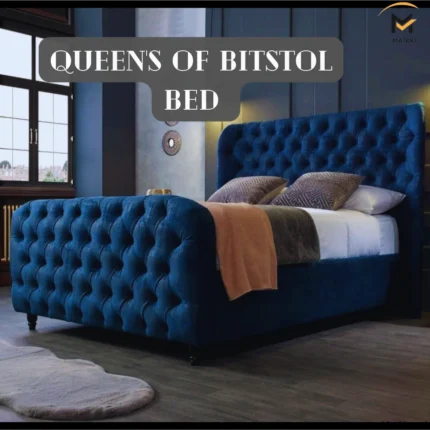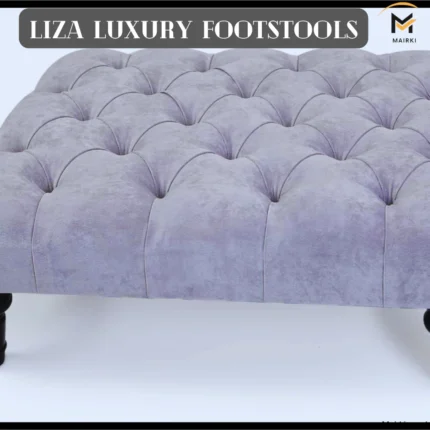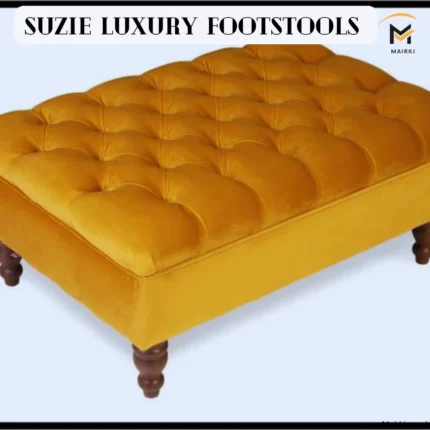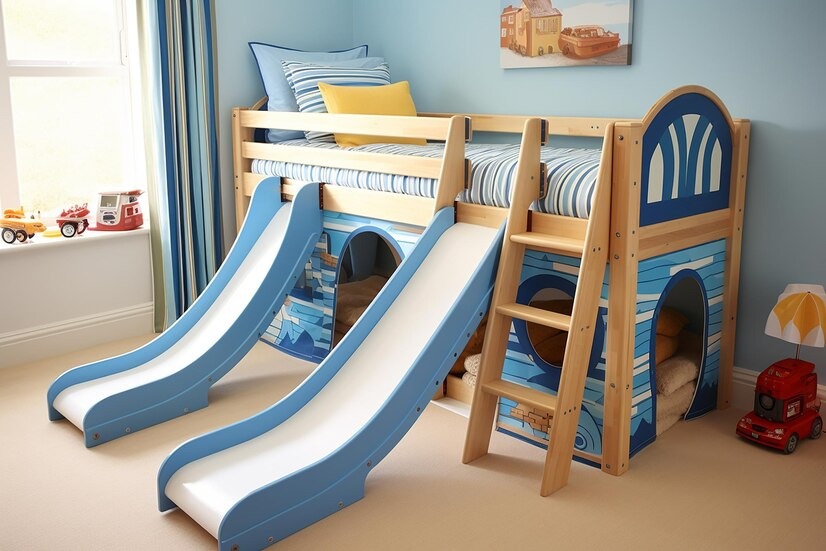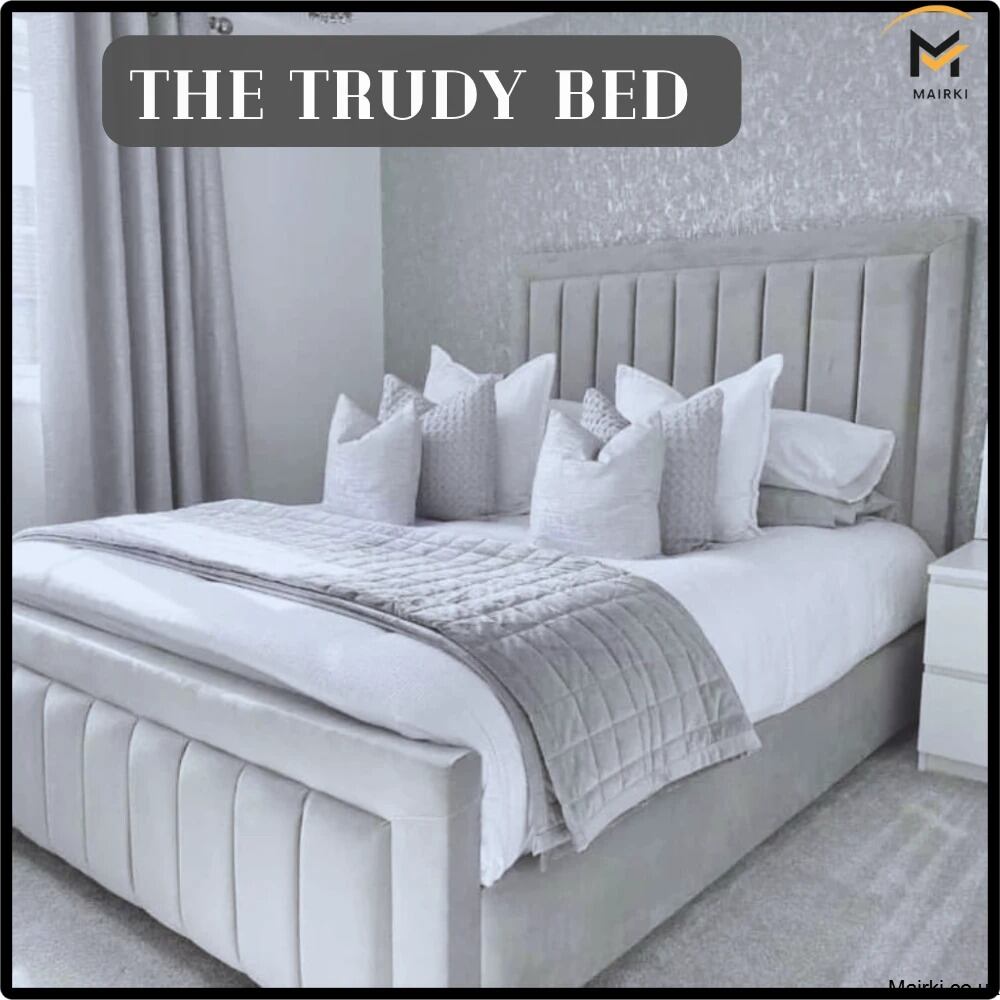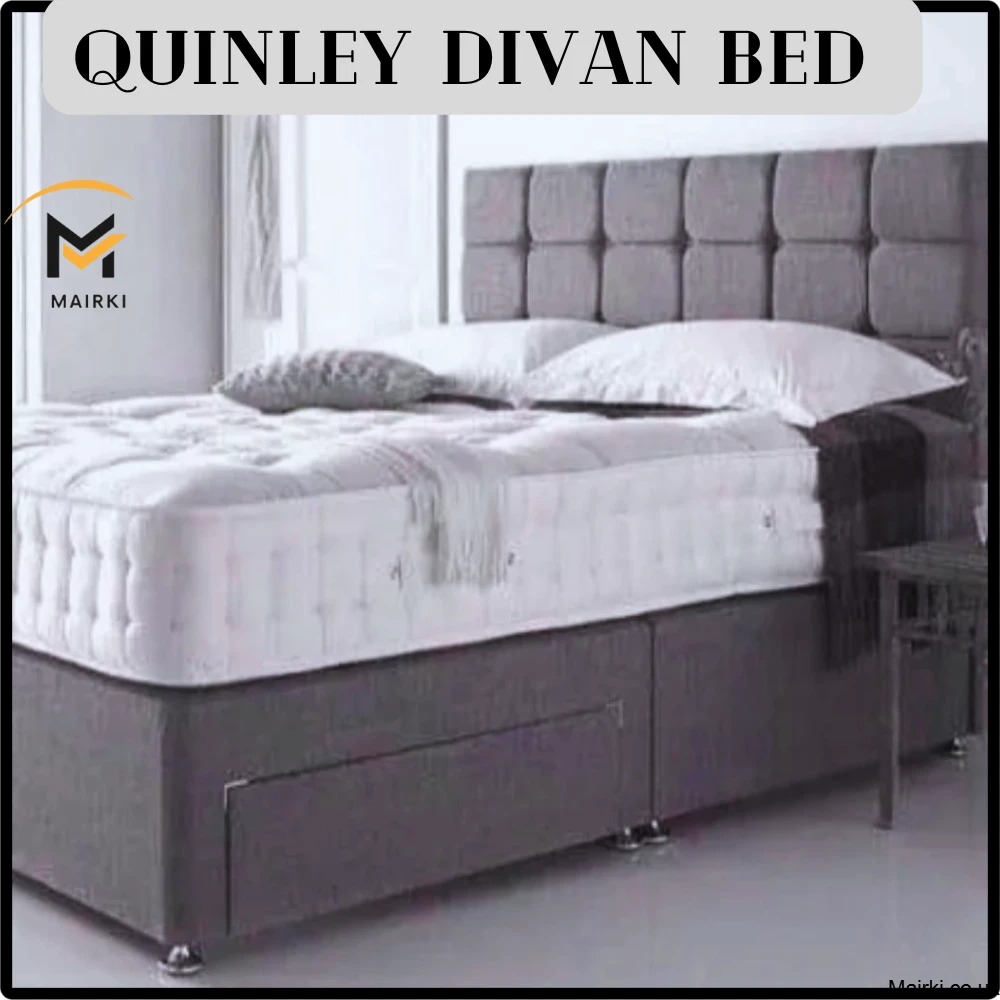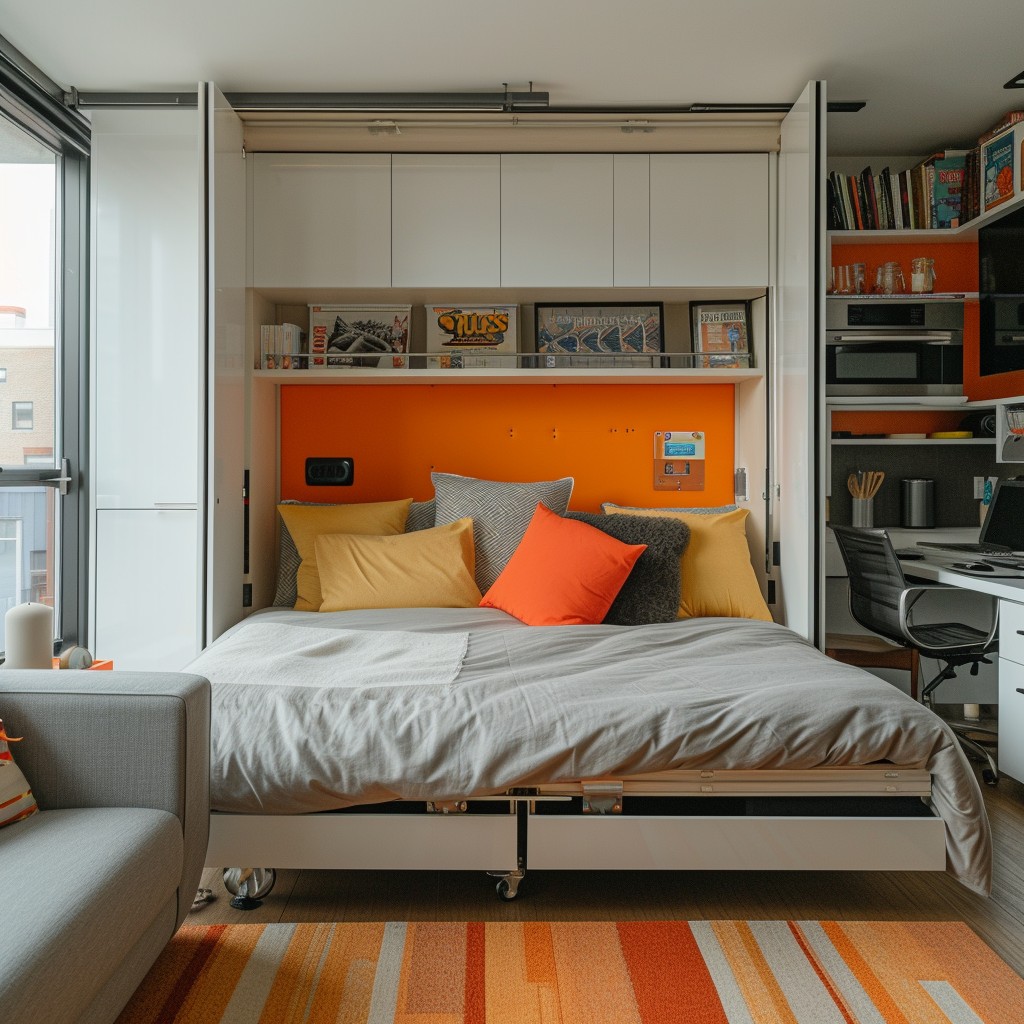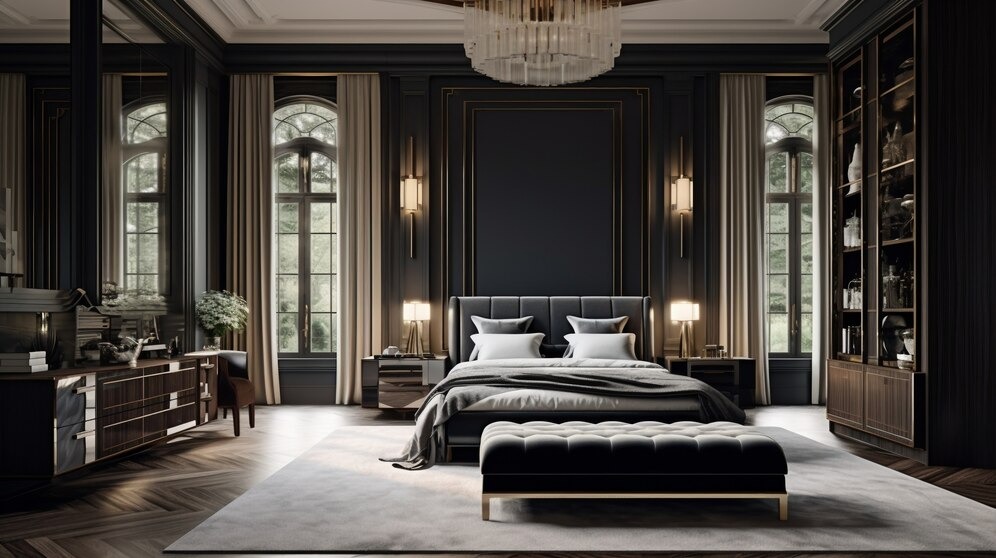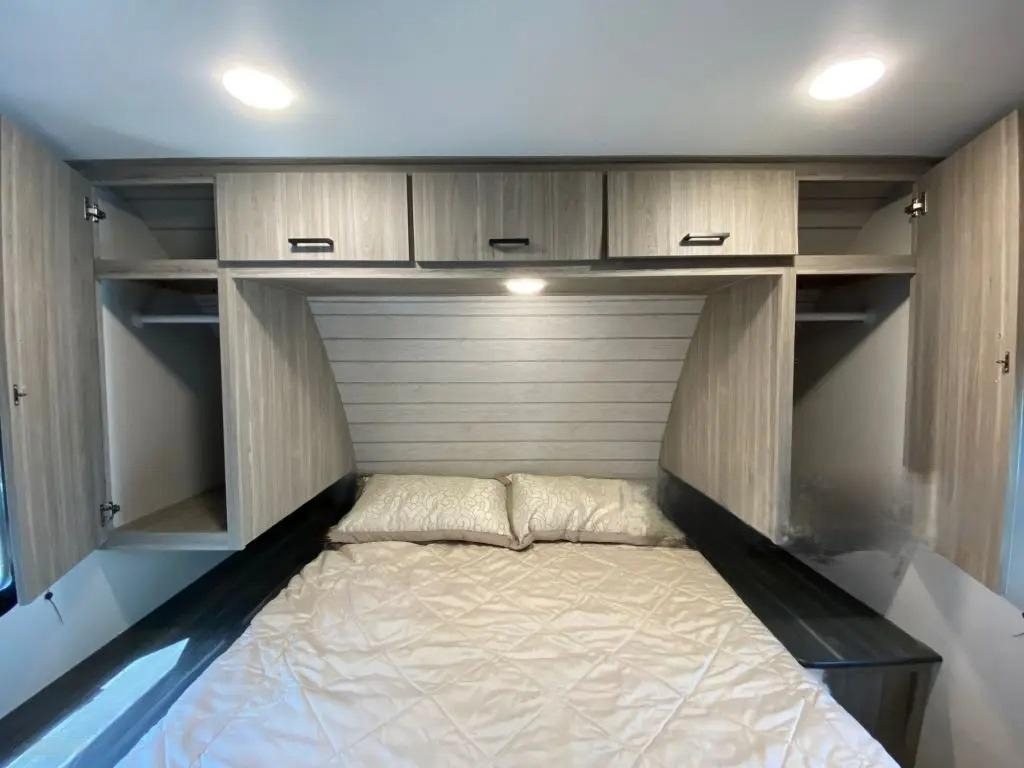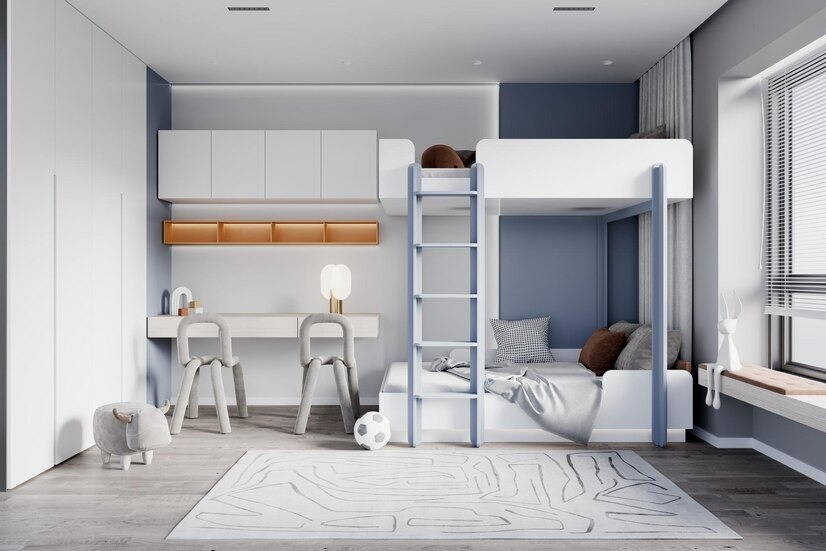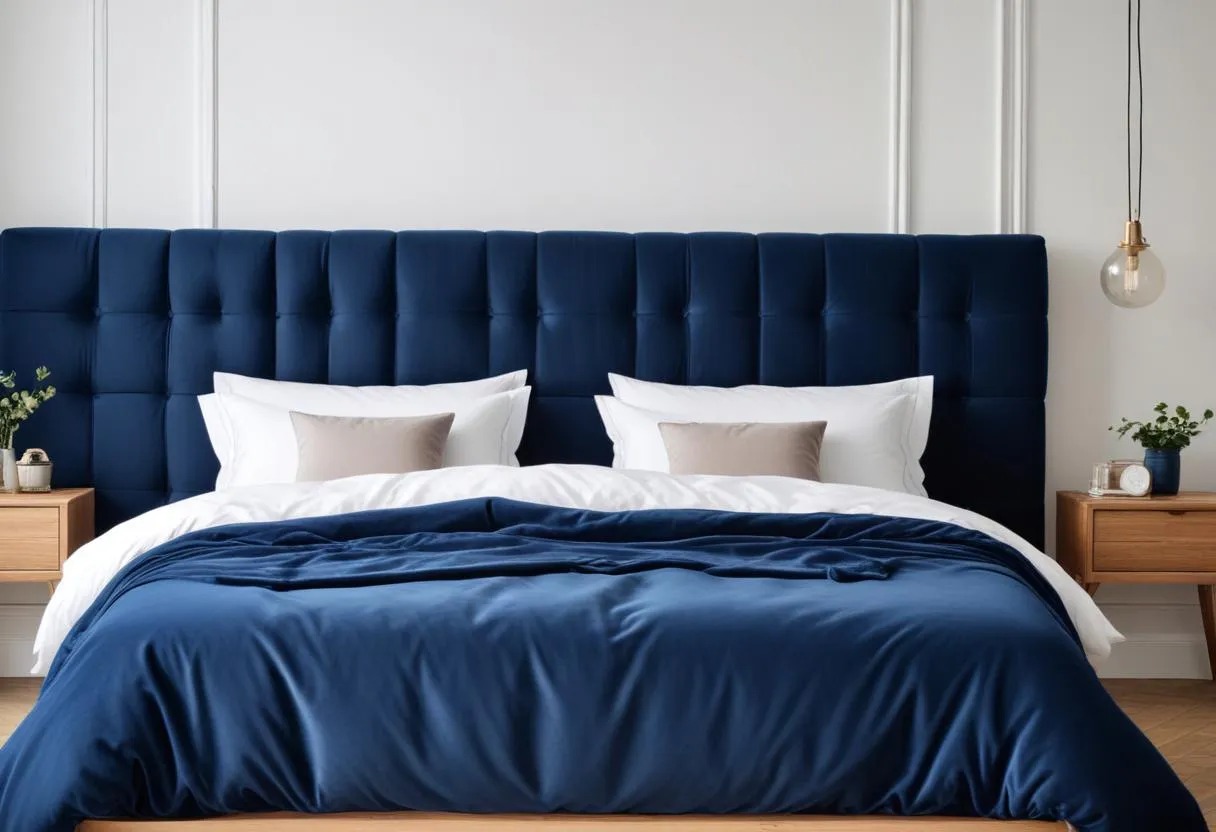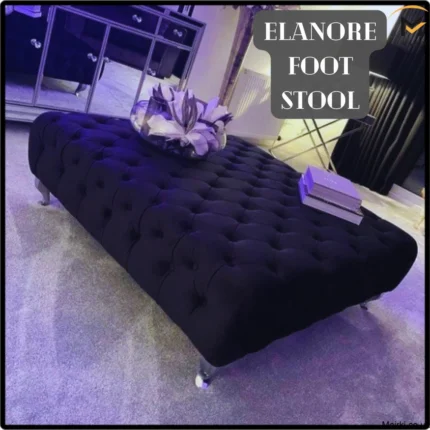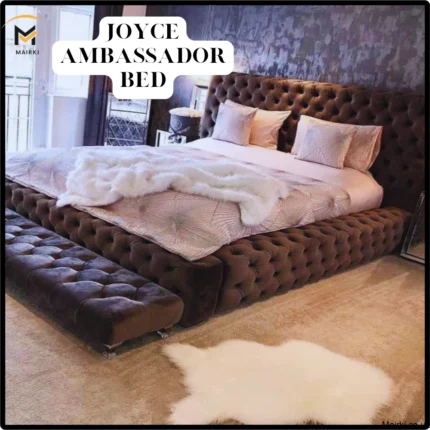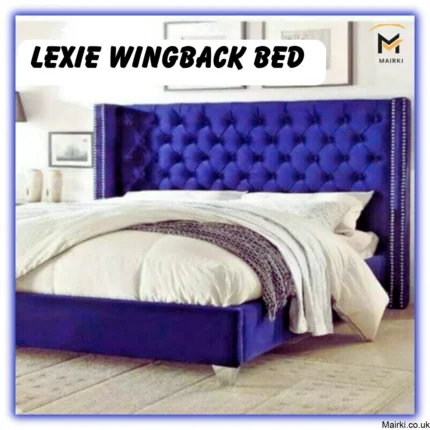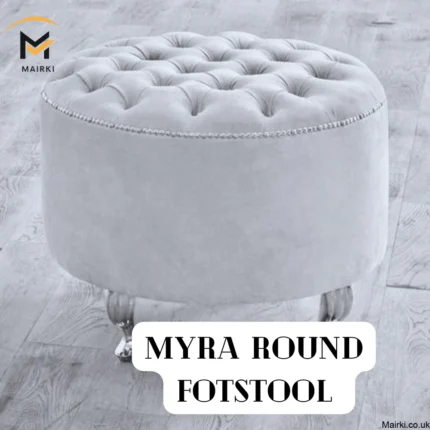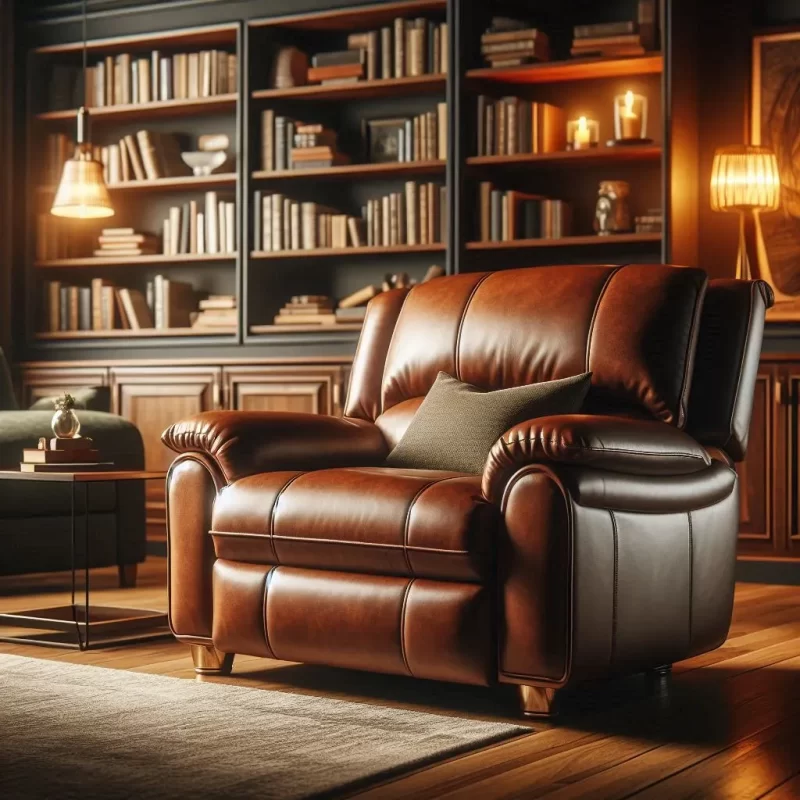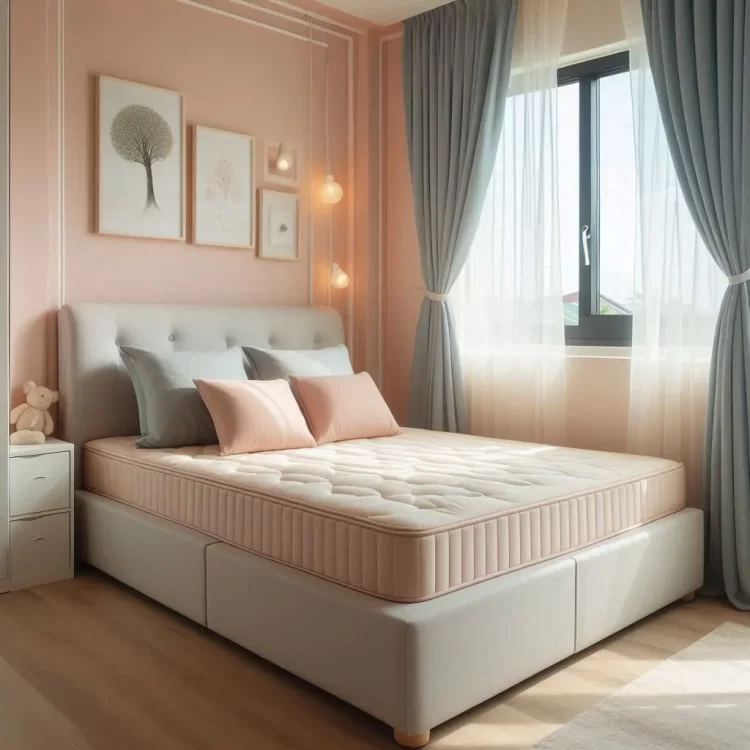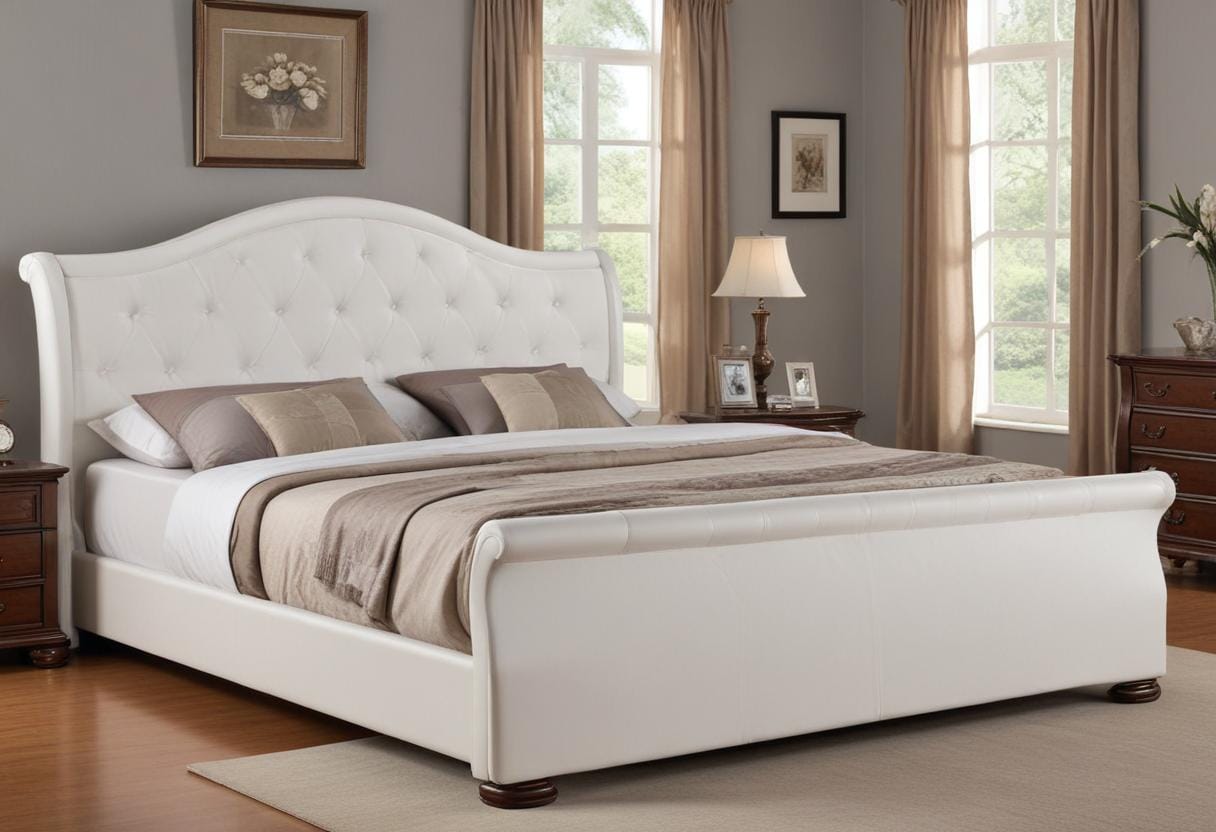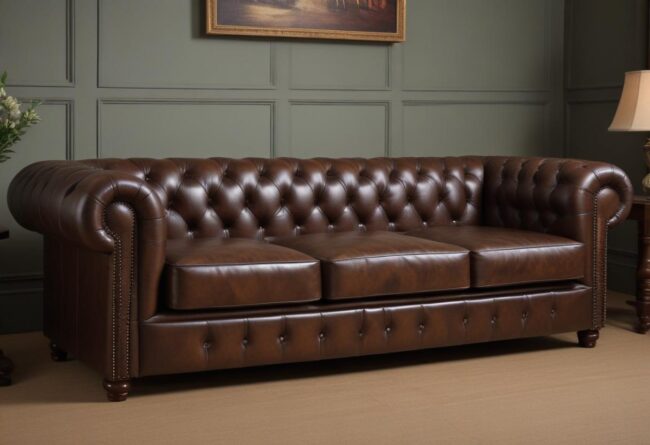Bedroom Footstool: Stylish and Functional Accents for Your Space
Top rated products
Recent Posts
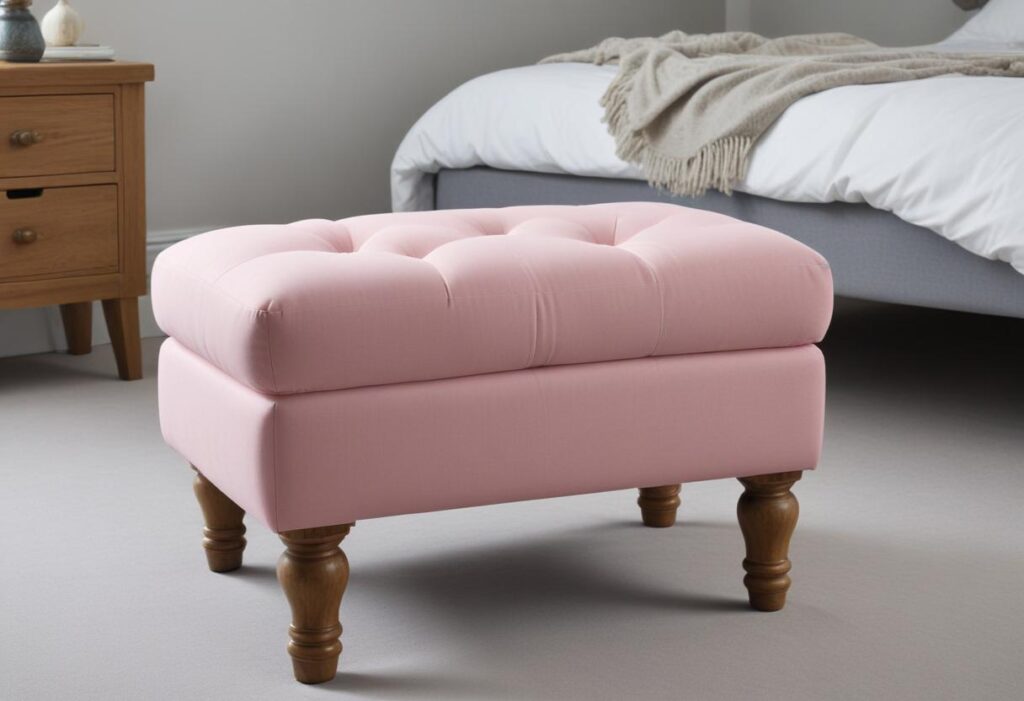
A bedroom footstool is often overlooked as a mere functional piece of furniture, but it’s so much more than that. It’s a versatile addition to your personal sanctuary, offering comfort, style, and even extra storage. From providing a cozy spot to prop up your feet while reading to serving as a stylish ottoman for guests, this understated piece can elevate your bedroom decor and enhance your overall relaxation experience.
Let’s delve into the world of bedroom footstools and discover why they deserve a prominent place in your sleep haven.
Elanore Foot Stool: Elegant Design of UK Furniture
Joyce Ambassador Bed: Elegant Upholstered UK Bed Frames
Myra Round Footstool: Luxury and Elegance UK Furniture
Bedroom Footstool
The bedroom footstool is just a good example of multifunctional furniture, which gives both comfort and additional practicality to the bedroom. It is, in simple form, a cushioned stool normally placed at the foot of a bed on which you rest your feet as a way of relaxing. As alluded to here, the uses are not limited to this primary function. This can double as extra seating in case some guests come over, become a display platform, or even be a practical storage facility.
Bedroom Footstool with Storage
This bedroom footstool features storage—a space-saving marvel designed for great comfort while also turning out to be useful as far as additional storage is concerned. Most come with a hinged lid that opens up into space where you can tuck blankets, pillows, or clothes away, or really anything you want out of the way and out of your mind. Most especially, this kind of foot stool is very useful in smaller bedrooms.
What is the difference between a footstool and a footrest?
Footstool vs. Footrest—A Quick Comparison.
Although these two terms are used interchangeably, “footstool” and “footrest” display a very slight difference.
- Footstool: This is basically a type of furniture which holds your feet up when you are seated. It is usually larger and more cushioned as compared to a footrest, and can also act as extra seating.
- Footrest: This is usually a small, lightly padded accessory used for supporting one’s feet. It is mostly attached to a chair or sofa, but it can also stand alone.
Essentially, while a footstool provides better versatility and comfort, a footrest is more concerned with supporting your feet.
What’s another name for a footstool?
Here are some other names for a footstool:
- Hassock: This is a common alternative.
- Ottoman: While often larger, it can also refer to a footstool.
- Pouffe: A soft, upholstered footstool.
- Tuft: A smaller, round footstool.

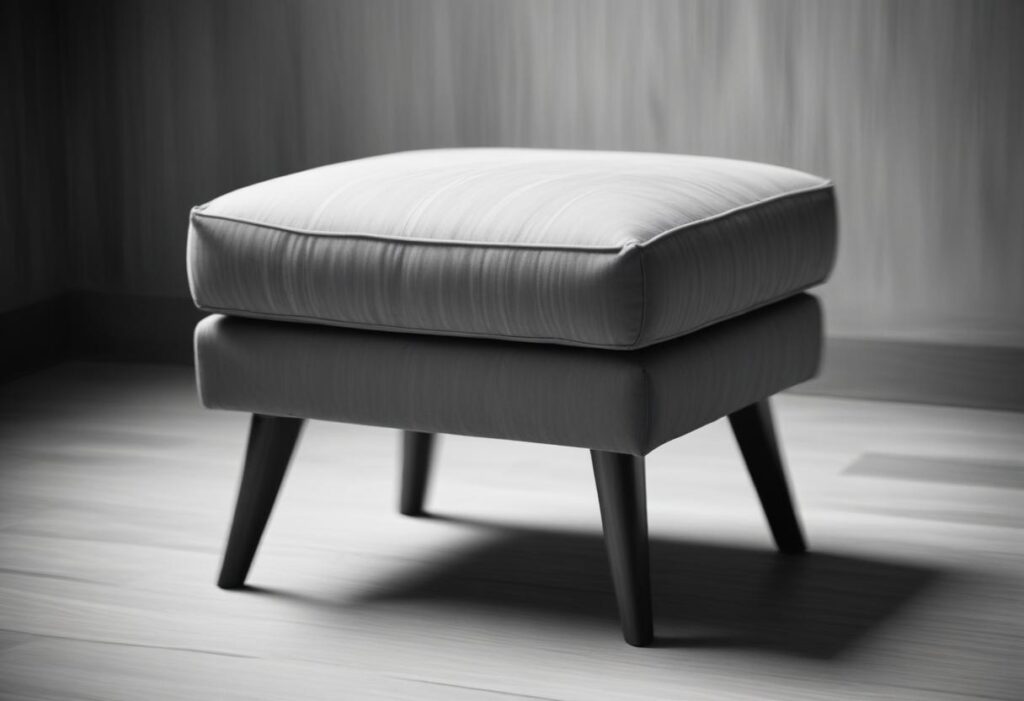
What is the difference between Footstool and Ottoman?
Though most people consider both names to mean the same thing, footstool and ottoman have several differences:
Footstool
Primary purpose:
To elevate feet while seated.
- Size: Smaller and mostly lower to the ground.
- Design: Plainer and less decorative.
Ottoman
Multipurpose: It can be a footrest, extra seating, or even used as a coffee table.
- Size: Larger and taller than a footstool.
- Design: More intricate and fashionable.
- Storage: Many of them offer storage in the ottoman itself.
Basically, a footstool is used to keep the feet off the floor while an ottoman provides more functionality and style.
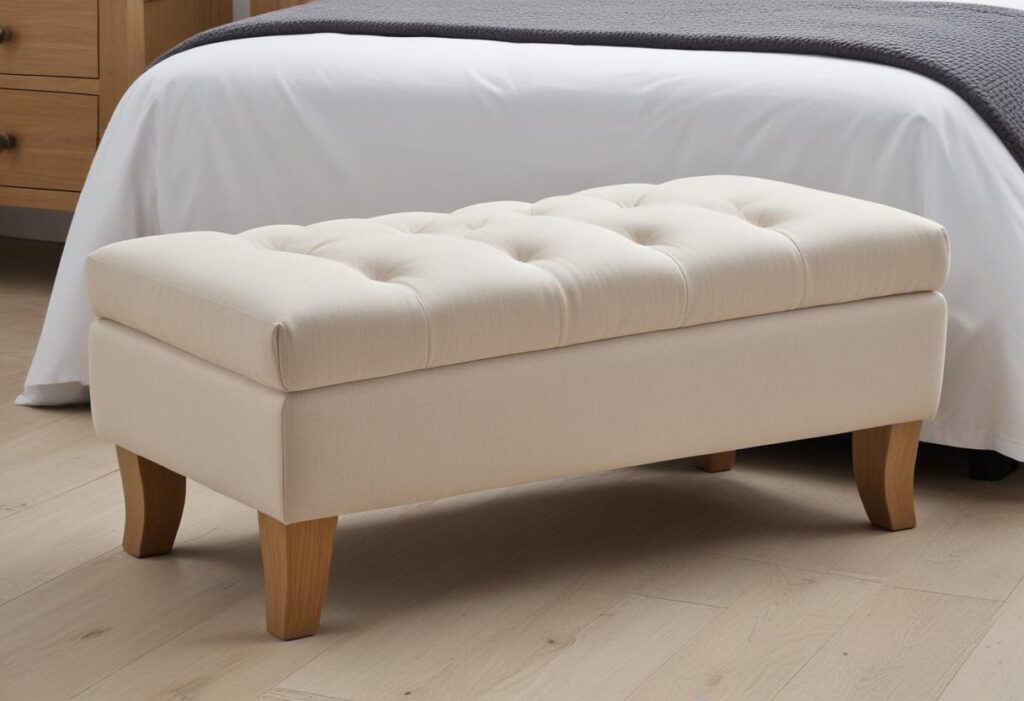
What are the Advantages of Bedroom Footstool?
There are some advantages associated with a bedroom footstool. These include:
Comfort and Relaxation
- Raises feet: It provides a comfortable support to the feet, which in turn relieves one from leg swelling and fatigue.
- Promotes good posture: Drives one to maintain a better posture since their legs are supported.
- Relaxation: It is cozy and inviting; one can sit comfortably to read or watch television.
Functionality
- Extra seating: It provides extra sitting space for visitors.
- Storage: Many footstools feature concealed storage areas for blankets, pillows, or other personal items.
- Versatility: May be used as a step-stool to access greater heights.
Aesthetic Appeal
- Complements decor: It could be a stylish addition to your bedroom.
- Adds textural and chromatic interest: A chance to introduce other textures and colors into the room.
How can I incorporate a footstool into my small bedroom without making it feel cluttered?
Style a footstool even into the smallest of bedrooms. Here’s how to make it functional—some tips:
- Go for multi-functional furniture: Whether it’s an ottoman that doubles as a footrest, it really maximizes space by providing extra storage.
- Prioritize scale: Make sure to get a footstool proportional to the size of your room. A larger stool could overwhelm a small space.
Consider where to place it, like tucking it at the foot of your bed for a built-in look without using up too much floor space.
Match it in style so that the stool blends in with the rest of your bedroom for a harmonious feel to the room. A no-frills, simple design avoids a cluttered look.
Keep it neat by continuing to clean the storage space of your footstool so that it does not become a dumping ground.
Using these tips, you’ll be able to enjoy having a footstool without using up that precious space in your bedroom.
Final Thoughts
A bedroom footstool provides much more than just a place to rest your feet; it is an elegant and practical accessory that can be used with any bed. It comprises, through comfort, functionality, and aesthetic appeal, a very satisfying bedroom experience. Be it a classic hassock, modern ottoman, or storage-savvy option, a perfect footstool will say much about personal style and needs.

